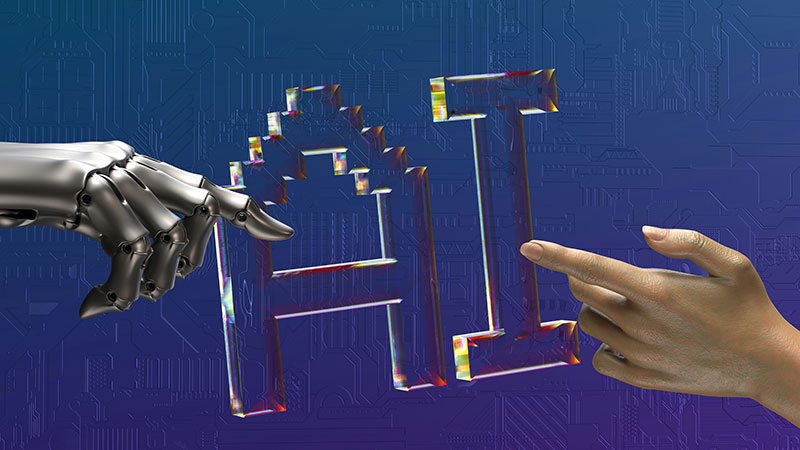As AI continues to advance, there’s growing concern about its impact on the workforce. Will AI replace human jobs? To address this question, it’s important to break down the issue step by step and explore the sectors that are most likely to be affected, as well as the potential opportunities AI might create.
Step 1: Jobs Most at Risk from AI
AI excels at automating repetitive tasks and analyzing vast amounts of data, which puts certain types of jobs at risk. Roles that involve routine, manual, or data-processing work are most vulnerable to automation. Some of the industries most affected include:
Manufacturing: AI-powered robots and machines can assemble products with greater speed and precision than humans.
Retail and Customer Service: Chatbots and virtual assistants are already handling customer inquiries, processing orders, and providing technical support.
Transportation: With the rise of autonomous vehicles, jobs like driving taxis, trucks, or delivery vehicles could eventually become obsolete.
Step 2: Jobs That Are Safe or AI-Enhanced
While AI will automate many tasks, certain jobs are likely to remain safe, especially those requiring creativity, complex problem-solving, or human interaction. For example:
Healthcare professionals like doctors and nurses will still be needed for hands-on care, diagnosis, and emotional support, though AI will assist them in decision-making.
Creative roles in fields like marketing, design, and writing will be augmented by AI but won’t be replaced, as the human touch remains essential.
Management and strategy roles will also be essential, as AI can analyze data but cannot lead teams or make nuanced decisions involving human factors.
Step 3: How AI is Creating New Job Opportunities
Rather than simply taking jobs away, AI is also creating new roles in industries such as:
AI and Data Science: The demand for AI specialists, machine learning engineers, and data scientists is rapidly growing as companies adopt AI technologies.
AI Training and Supervision: AI systems need human input to learn effectively. Workers are required to train, fine-tune, and monitor AI systems.
Ethics and Compliance Experts: As AI takes on more responsibility in industries like finance and healthcare, professionals are needed to ensure that AI systems are fair, transparent, and ethically sound.
Step 4: Upskilling and Reskilling the Workforce
To adapt to the changing job landscape, upskilling and reskilling will be essential. Workers in at-risk jobs must be provided opportunities to develop skills that will be in demand in the AI-driven economy. Governments, companies, and educational institutions must invest in:
AI literacy programs to help workers understand and work alongside AI tools.
Technical skills training for roles in software development, data analysis, and AI systems design.
Soft skills training like leadership, communication, and emotional intelligence, which are increasingly valuable in jobs that involve human interaction.
Step 5: Preparing for a Hybrid Workforce
Rather than an “AI vs. human” scenario, the future of work is more likely to be a hybrid workforce where humans and machines collaborate. AI will handle repetitive and analytical tasks, while humans focus on creativity, empathy, and decision-making. The key will be to leverage AI as a tool that enhances human productivity rather than replacing it.
Step 6: The Role of Governments and Companies
Governments and businesses have a critical role to play in ensuring a smooth transition to an AI-powered workforce. Policies that promote:
Job creation in tech-driven industries can mitigate job displacement.
Social safety nets, like unemployment benefits and retraining programs, can support workers whose jobs are replaced by automation.
Collaboration with educational institutions to create curriculums focused on AI-related skills will ensure that the next generation is prepared for the future job market.
Conclusion:
AI will undoubtedly change the job market, but rather than focusing solely on job losses, it’s crucial to recognize the opportunities AI will create. While some jobs will be automated, new roles will emerge, and many existing jobs will be enhanced by AI, leading to a more efficient, creative, and hybrid workforce. The challenge lies in preparing the workforce for this transformation through upskilling, reskilling, and supportive policies.

